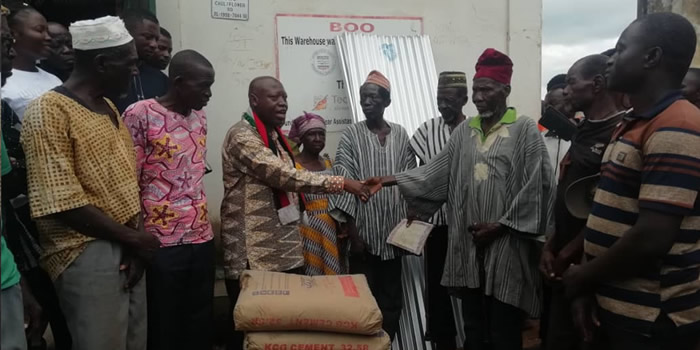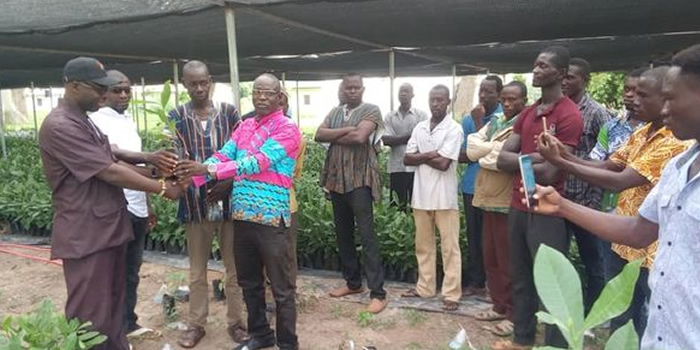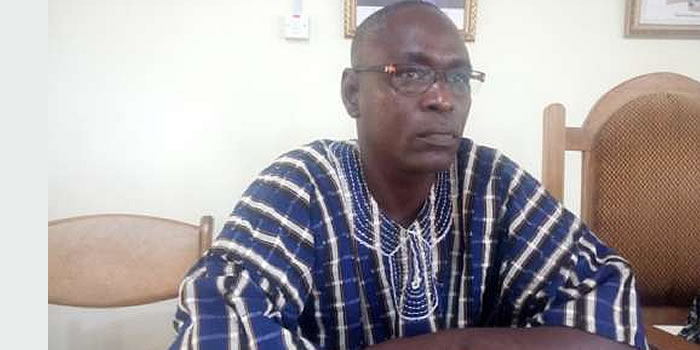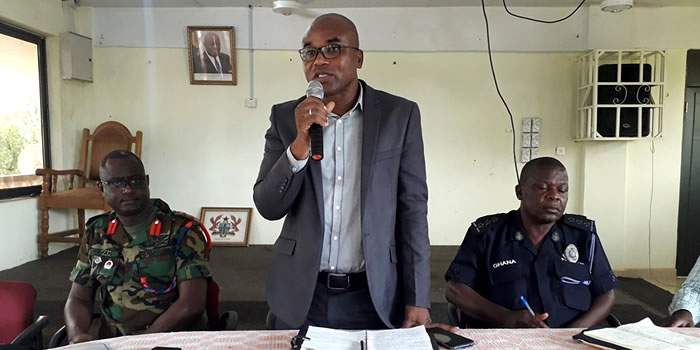

Location and Size
The Lawra District is one of the five Districts that make up the Upper West Region and derives its legal existence from Legislative Instrument (L.I) 1434 of 1988. It lies in the north western corner of the Upper West Region in Ghana between Latitudes 2°25°W and 2°45
Topology and Drainage
The District is gently rolling with four hills, ranging between 180 metres and 300m above sea level. The area is under-laid by Birimanian rocks, rich in mineral deposits. The district is gently rolling with a few hills ranging between 180 metres and 300 metres above sea level.It is drained by one main river - the Black Volta, to the west making a boundary between the district and the Republic of Burkina Faso. The Black Volta has several tributaries in the district; notable amongst them are the Kamba/Dangbang, Nawer, Duobaa, Nandomlebaa and Kokoligu-baa. hese if utilized, could offer an agro-based employment for the youth who migrate to the south in search of non-existing jobs during the dry season. The extensive lateritic cover, land use practices over the years, type of rainfall and relief tend to enhance run-offs.
Climate and Vegetation
The district lies within the Guinea Savanna Zone which is characterized by short grasses and a few woody plants. Common trees in the district consist of drought and fire resistant trees such as baobab, dawadawa, shea and acacia. The vegetation is very congenial for livestock production, which contributes significantly to household incomes in the district.
The greatest influence on the vegetation is the prolonged dry season. During this period, the grass becomes dry and the subsequent bush burning leaves the area patched and mostly bare of vegetation. Consequently the torrential early rains cause considerable havoc to the soils through extensive erosion. Bush burning reduces the vegetative cover and affects rainfall negatively. Transpiration is reduced considerably and this affects average annual rainfall totals.
The climate of the district is the tropical continental type with the Mean Annual Temperature ranging between 27°C and 36°C. The period between February and April is the hottest. Between April and October, the Tropical Maritime Air Mass, which blows over the area, gives it the only wet season in the year.
Geology and Soil
Geology
The rock formation in the District is essentially brimian with dotted outcrops of granite. The district mineral potential is largely unexplored. Some reconnaissance work indicates the presence of minor occurrences of manganese, Traces of gold and diamond, Iron ore and clay. As a result of a well- developed fracture pattern in the rocks, the potential for obtaining ground water in the district is very high. Borehole drilling activities in the early 1980s confirmed the presence of the granite and birimian rocks in the district.
Soils
The soils in the district consist mostly of laterite soils. These are developed from the birimanian and granite rocks which underlie the area. There are also strips of alluvial soils along the flood plains of the Black Volta as well as sandy loams along some of its tributaries.
The general nature of the soils, coupled with the traditional land use practices and type of rainfall, tend to have adverse effect on crop production. This forced the youth to look for sustenance elsewhere at the expense of their lives or health.
Date Created : 11/29/2017 7:38:22 AM












 facebook
facebook
 twitter
twitter
 Youtube
Youtube
 +233 593 831 280
+233 593 831 280 0800 430 430
0800 430 430 GPS: GE-231-4383
GPS: GE-231-4383 info@ghanadistricts.com
info@ghanadistricts.com Box GP1044, Accra, Ghana
Box GP1044, Accra, Ghana